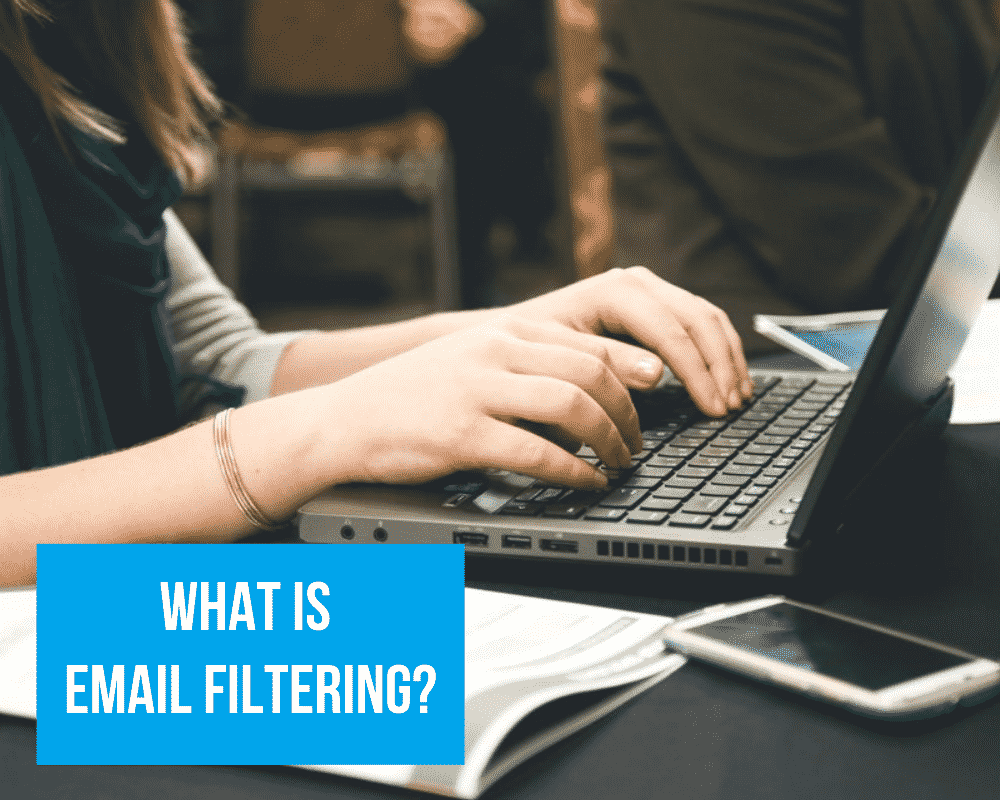As of December 2018, spam accounted for around 57 percent of all email in the inboxes of the world. That’s actually down a few percent from December 2016, but when more than half of your email isn’t something you want to read, it makes it difficult to see what you are interested in. Which is why many people are turning to email filtering, which has pros and cons for users, publishers, and advertisers.
What Is Email Filtering and How Does It Work?
Email filtering is the use of technology, including apps and software, to separate incoming email messages into different folders. The separation is usually based on criteria specified by the individual user, though most email programs now offer automatic spam filtering to keep anything that looks like unsolicited bulk email out of the primary inbox.
How Do Spam Email Filters Work?
Most email providers, including Gmail, provide some out-of-the-box spam filtering functions, and users can also add their own apps and plug-ins to further curtail spam in the inbox. Spam filters are typically set up to route certain content into a junk or spam folder based on:
- The content of the email (porn, for example, typically gets dumped into the junk folder)
- Seemingly false header information, such as an email that tries to mimic a known brand
- Blacklists of known spam emails
Users can add email addresses and other information to their own spam configurations to continue to create more robust filtering. Many email programs also contain machine learning protocols, so if you always delete content from a certain email address without opening it, eventually your email program may start to treat it as spam.
Spam filters are very useful in keeping junk out of inboxes, but they can also sweep useful or necessary emails under the rug. When publishing content to users, warn them to check their spam folders and whitelist your email address to ensure they receive communications they signed up for and want.
How Do User-Specified Email Filters Work?
User-specified filters are different. These are filters the email user sets up to manage his or her email account. They may choose to set up filters to corral work-related emails into one folder while personal emails go to another. Some users set up folders for various interests, such as Clothing, Books and Outdoors. Others may filter emails into different types of tasks or life categories, such as Finance, Health, Family and Home.
Email filters work by allowing users to set up filter criteria, which can include
- Words and phrases in the subject line (ex.: All emails with “dresses” in the subject line might go into the Fashion folder; emails with “bill is due” may filter into Finances)
- Actual email addresses (ex.: All emails from a “.statefarm.com” address might be automatically routed to a folder called Insurance)
- Actions to perform on the email (emails can be automatically moved to user-created folders or spam, but they can also be deleted or marked as read automatically based on the user’s criteria)
Who Uses Email Filtering?
Many people use email filtering, but it’s especially popular with millennials. More than a third of millennials use filters to manage their inboxes. Business users are also especially prone to using email filters to help with task management.
And since email filters work within both desktop and mobile environments, it’s a technology that can be leveraged across numerous platforms and devices.
What Else Do Publishers Need to Know About Email Filtering?
You might think filtering sounds like a user function, and you’re right. But if you’re a publisher that sends email newsletters or other content to subscribers, here’s what you need to know.
- If your content isn’t relevant or interesting, users may just filter it out of their inbox instead of unsubscribing. Keep an eye on your email open rates to determine whether content is successful; the size of your email list doesn’t matter if no one is opening it.
- Realize that many users may be filtering your content into a specific folder to be read later. If you suddenly change the email address that your content comes from, the emails may be filtered incorrectly and not seen. Consistency is key to quality service and building trust.
- Keep filters in mind when formulating subject lines. While you don’t want to write solely for the filter, know that peppering a few key phrases into your subject can help ensure your email ends up in the right place.
Ultimately, quality and consistency are potentially the most important factors in the success of an email list. Knowing about filters and other ways users manage their inbox is important, but the goal should be to write content that’s worth creating a special filter for in the first place.
Check out Jeeng for more information about making email monetization and marketing work for you.

